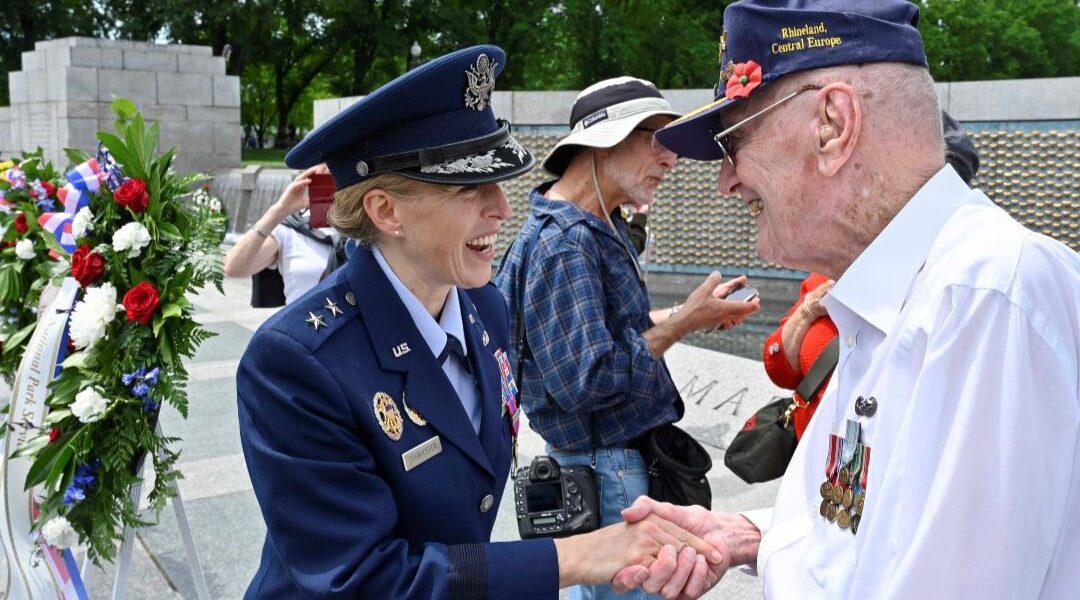Privatized housing residents on nearly 50 Army installations cited concerns with health and safety issues such as lead-based paint and asbestos, the toxic building material linked to lung cancer, according to a recent report from the Department of the Army Inspector General (DOIG), Asbestos.com reported last week.
The DOIG report, which was made public earlier this month, includes surveys, document reviews and resident interviews at 49 Army installations across the U.S., including Fort Bragg, N.C., Fort Campbell, Ky., and Fort Hood, Texas.
Military families at 48 of the 49 sites cited concerns with safety or environmental issues inside the aging on-base housing at the installations. Residents at all 49 locations believed the property management company “placed the interests of affiliate companies above life, health and safety,” the report stated.
The top environmental concerns reported in the DOIG survey included asbestos, mold, lead-based paint, water quality, open sewage and radon gas, according to the report.
Asbestos is a naturally occurring mineral that was used in dozens of construction materials throughout much of the 20th century to increase durability and fire resistance. Older homes and other structures built before 1980 likely contain asbestos materials such as drywall, cement, insulation, roofing and floor tile, the report said.
When these materials degrade, they can release toxic fibers that when inhaled can lead to serious health conditions decades later such as lung cancer, according to the report.
Asbestos was used in all branches of the military, and exposure was common in Army installations, the report said.
“Veterans and their families living in post housing built before the 1980s face potential health risks from their homes,” said Aaron Munz, former U.S. Army captain and director of the Veterans Department at The Mesothelioma Center at Asbestos.com. “Unfortunately, the conditions and maintenance of some post housing do not meet the standards that our military families deserve.”

Nine Military Hospitals Receive Top Marks for Patient Safety
Nine military medical facilities received top grades for patient safety from the Leapfrog Group, a nonprofit watchdog, according to Military News. The assessment, part of Leapfrog’s Hospital Safety Grades program, evaluated over 30 performance measures at 3,000...





